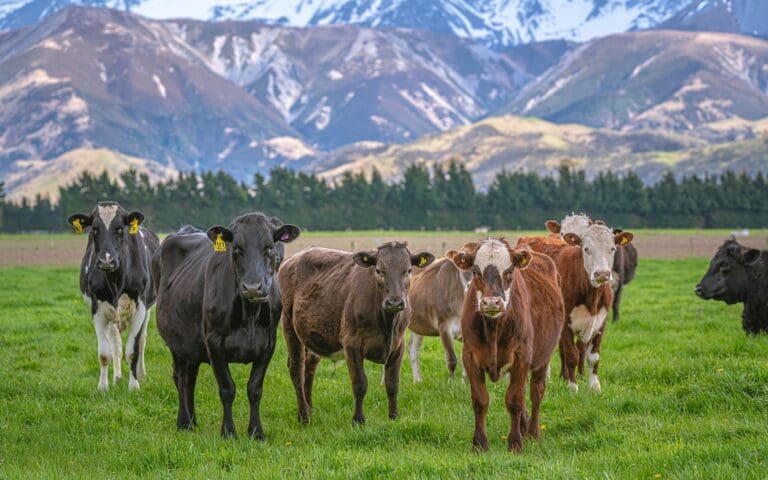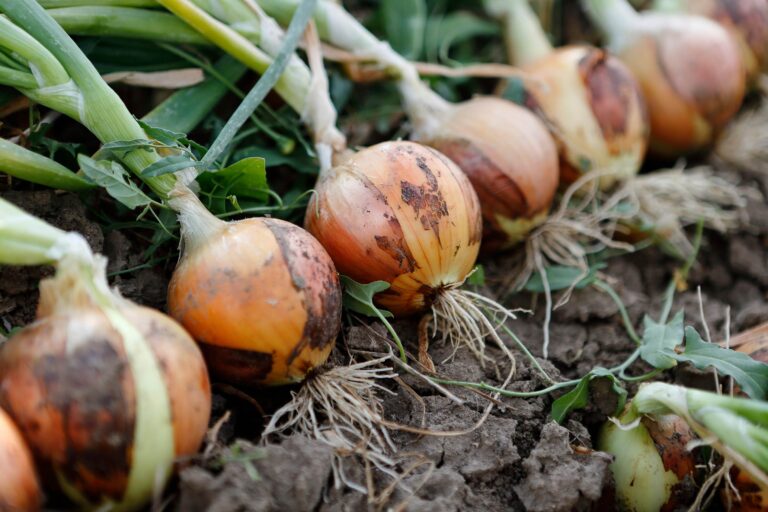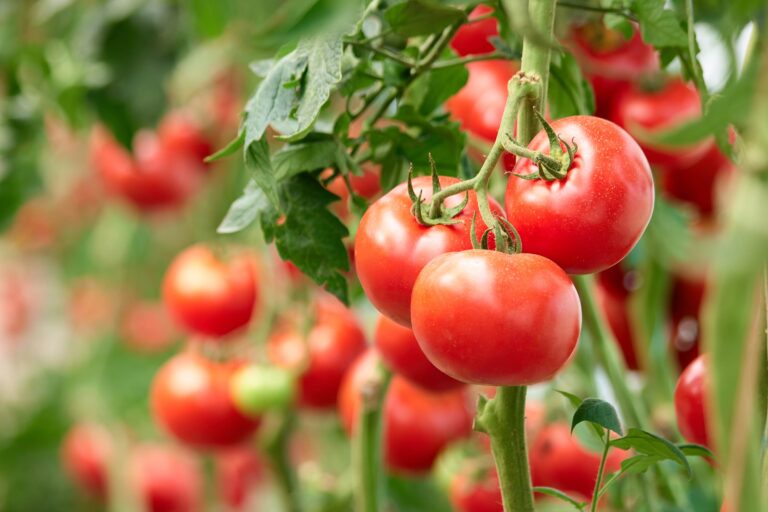Market concerns over EU apple juice availability
European market participants are preparing for a challenging year ahead for apple and orange juice. Production forecasts for both crops are considerably lower for the 2024/25 marketing year. Fundecitrus, a citrus research company in Brazil, projects a year-on-year (y-o-y) decline in total orange production in São Paulo and West-Southwest Minas Gerais citrus belt of 30% compared to last season’s 307.22 million boxes, while World Apple and Pear Association (WAPA) forecasts a 11% decrease in European apple production to 10.2 million tonnes, with Poland, the largest producer of apple juice, seeing its apple production decline by 20% y-o-y.
At the SIAL conference, a large food and beverage tradeshow, discussions centered largely on the challenges of sourcing juice for the coming year. According to one market source, some EU orange juice companies have already gone out of business due to an inability to source enough orange juice to meet customer demands. Reports indicate that Brazilian processors have stopped offering large tanker shipments of orange juice concentrate to regions like Australia and Japan, focusing instead on providing smaller quantities in drums to their best customers. Retail consumption of orange juice is also under pressure, as high prices weigh on consumer demand. The Expana benchmark price for Brazilian orange juice delivered to Europe is currently at $7000/MT, up by 55% y-o-y.
Some discussions at SIAL also explored potential solutions, such as other regions stepping up production or substituting orange juice with mandarin juice. However, most agreed that Brazil’s quality and production capacity for oranges and orange juice remains unmatched. When asked if the Brazilian citrus industry could regain its former strength, many respondents hesitated, indicating that there is uncertainty and that a recovery is unlikely soon.
The apple juice market is also facing difficulties, particularly due to frost damage to Poland’s crop earlier in 2024. Market sources emphasized the focus on navigating through the current 2023/24 marketing year. With processors holding back stocks and negotiations taking longer, there is concern about limited availability. However, there is optimism that these issues may ease once the 2025 apple crop arrives. Additionally, Chinese low-acidity apple juice is reportedly being delivered to the EU at EUR 2100/MT, making it cheaper and uncompetitive against low-acidity juice produced in Europe, which was assessed at EUR 2200/MT by Expana on September 30th. Market sources have stated similar offers for low-acidity apple juice through October.

Want to dig into further insights? Discover more on our insights page.
Written by Nick Wood



